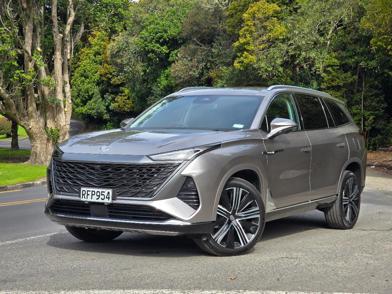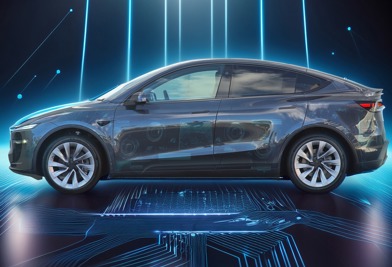Over that last few decades Mitsubishi has become the undisputed master of wringing the absolute maximum out of its underlying mechanicals, and for undisputed proof of that you need look no further than the Eclipse Cross small SUV.
Why is that? Well, that’s because the Eclipse Cross sits on the “Project Global” platform that was co-developed by Mitsubishi and DaimlerChrysler (Remember them? No? Don’t worry, everyone involved prefers it that way) and used by Chrysler, Dodge, Jeep, Mitsubishi, Peugeot Citroen, Lancia, Fiat and Proton for a range of small/medium cars and SUVs that ranged from perfectly adequate to some of the worst cars to turn a wheel on New Zealand roads.
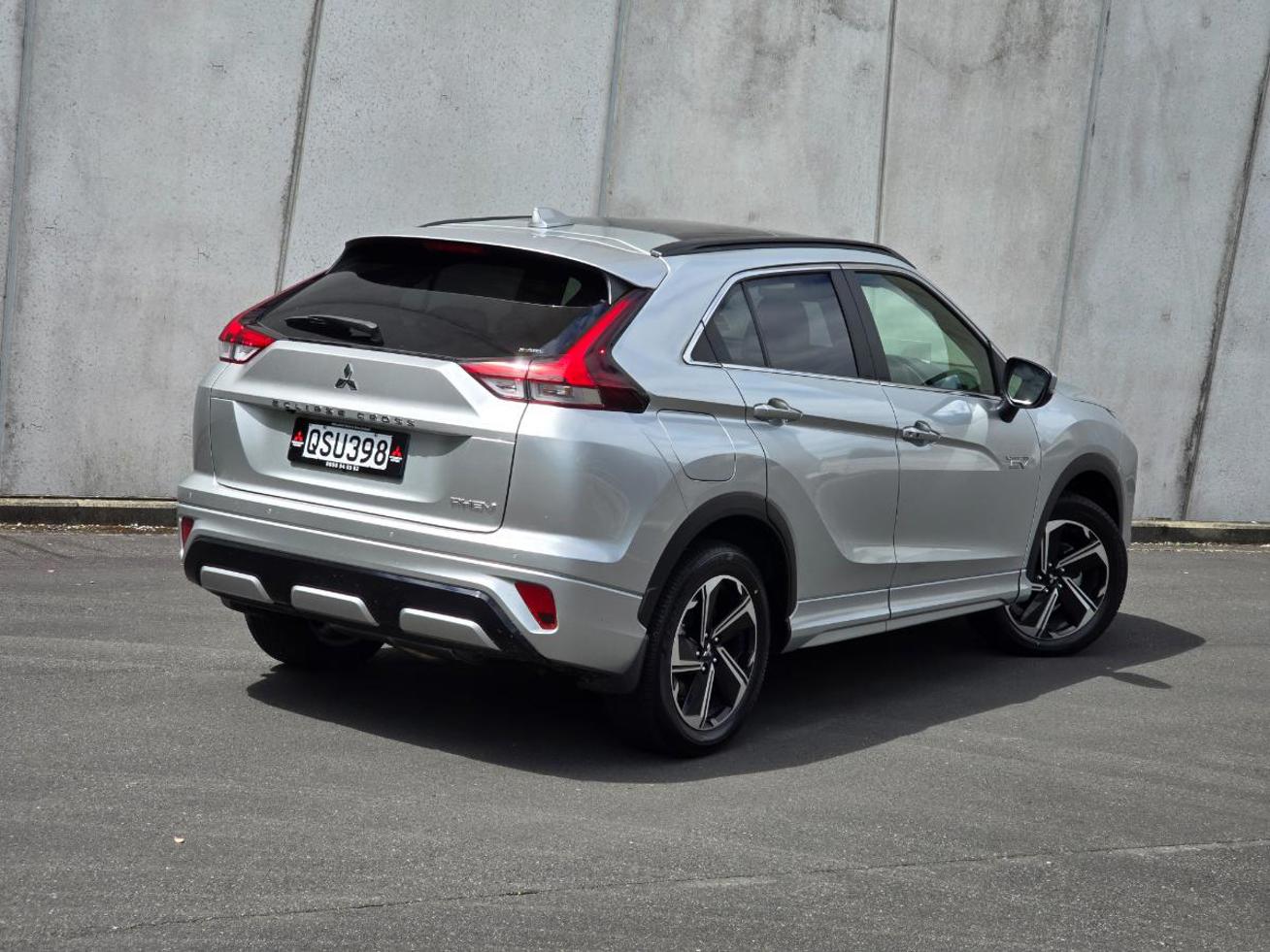
Here’s a Project Global fun fact: the second-generation Mitsubishi Outlander was the very first vehicle to debut the platform way back in 2005.
Here’s another Project Global fun fact: the Eclipse Cross is, along with its ASX and Delica stablemates, the last vehicle standing still using the platform in 2025.
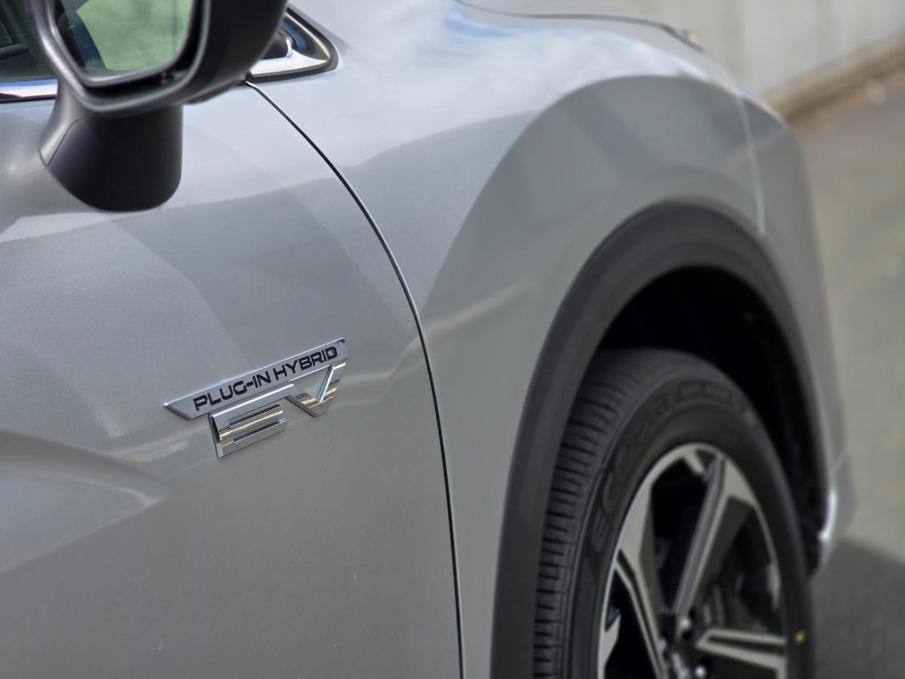
So that’s a nice solid two decades wringing the utmost out of a platform that was average at best to begin with and that the other guilty parties involved in its creation gave up on between 2012 and 2017 (although Chrysler kept flailing along with the awful Dodge Journey until 2020 for some reason).
And yet, here’s the most interesting part: the Mitsubishis have always consistently been some of the best cars built on that platform. The American efforts were universally awful, while the Peugeot and Citroen versions were nice enough, but essentially badge-engineered Mitsubishis, while the Fiat Freemont and Lancia Flavia, were a badge-engineered Dodge Journey and Chrysler 200 respectively, so no doubt awful too.
Given the Eclipse’s family tree of utter howlers, you could be forgiven for thinking it would be an awful car too, but it really isn’t and Mitsubishi’s persistence with developing the platform has paid off. Mainly because it means it can now produce cars like the Eclipse Cross and ASX on a platform that costs the automotive industry equivalent of the change down the back of the couch.

This is why your ASX starts at $27,990 and an Eclipse Cross starts at $36,990, and both can still be packed with good levels of modern technology. However, that is not to say that the price tag of the Eclipse Cross you see here starts with a three - no, this one is $51,990.
The Eclipse’s 2.4-litre four-cylinder petrol engine produces just 94kW and 199Nm, but the two electric motors help massively with 60kW at the front and 70kW at the rear.
That is because it is the absolute top of the range model - an AWD VRX that also happens to be a plug-in hybrid.
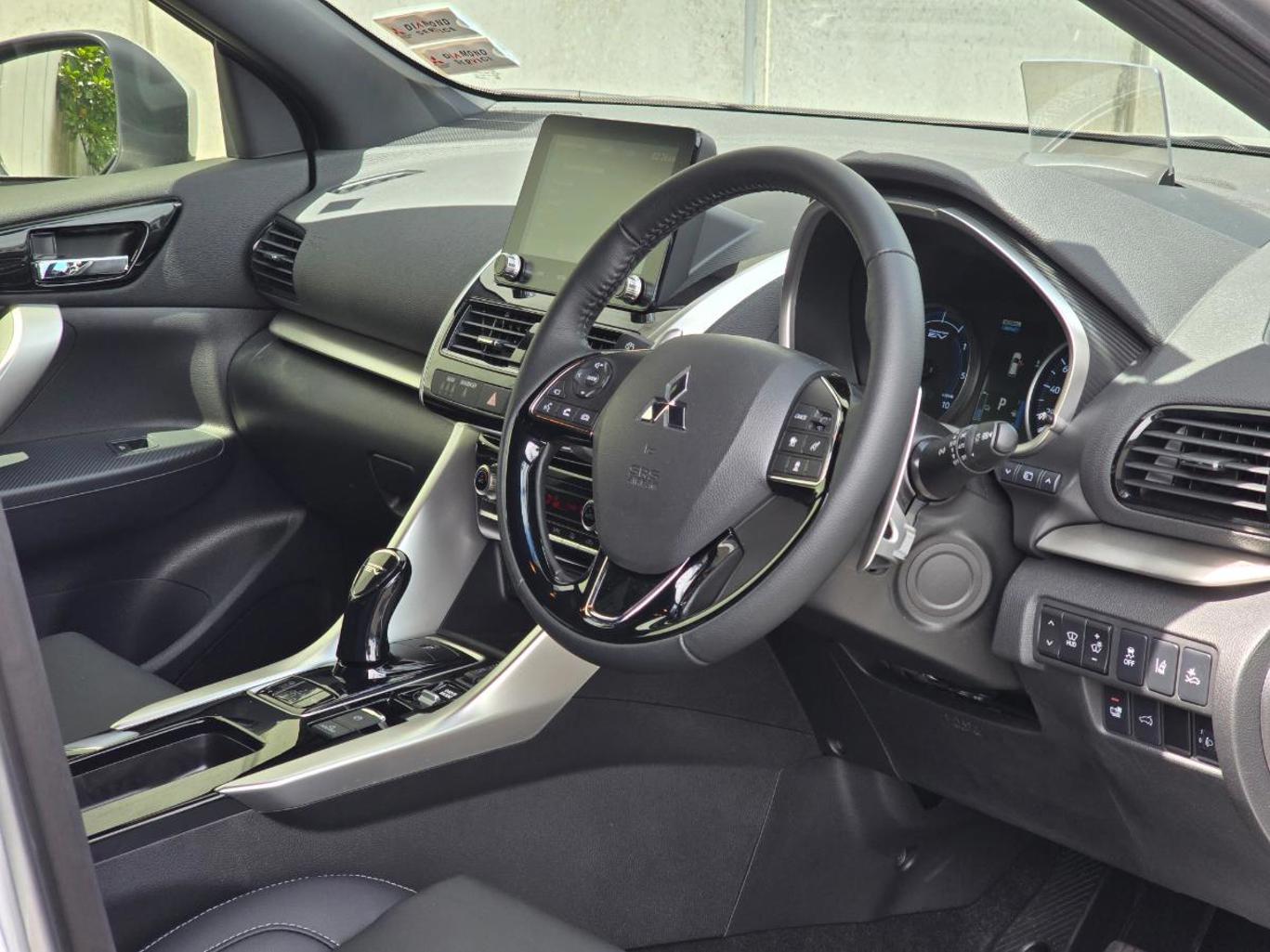
Mitsubishi’s mastery in papering over the cracks means that the top-spec Eclipse Cross is packed with things like a heated steering wheel and heated seats front and rear, dual zone climate control, keyless entry and start, automatic rain sensing wipers and a powered tailgate with hands-free opening, along with lots of chrome and 18-inch alloy wheels.
While I’m not saying this is to try and cover up the fact it is powered by the same old engine that was developed by Mitsubishi, DaimlerChrysler and Hyundai two decades ago to go with the Project Global platform, I’m also not saying that it’s not.
The Eclipse’s 2.4-litre four-cylinder petrol engine produces just 94kW and 199Nm, but the two electric motors help massively with 60kW at the front and 70kW at the rear. Mitsubishi doesn’t quote combined figures for the PHEV, but suffice to say that “more than the engine can manage on its own” is a good thing regardless.
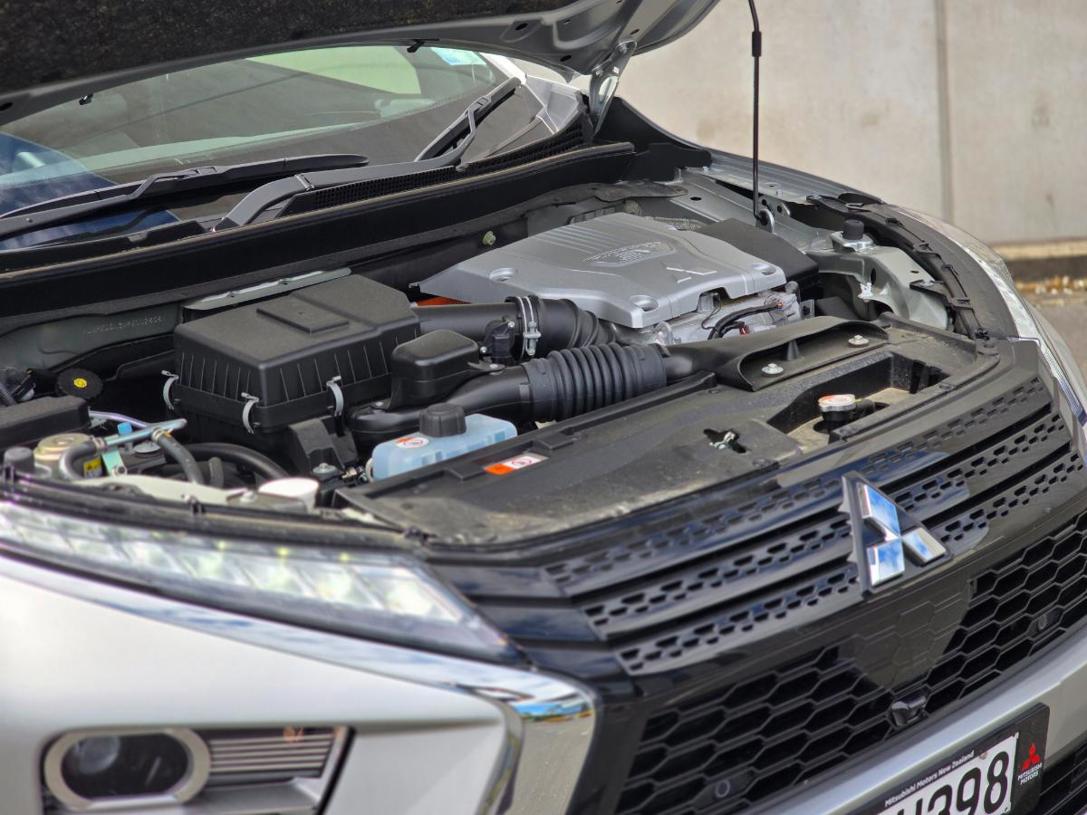
And while things don’t look that great in terms of sheer numbers, once again Mitsubishi’s genius in making the most out of seemingly little comes into play, and the Eclipse Cross is genuinely pleasant to drive and quite impressively responsive.
The Eclipse Cross VRX is a genuinely well-equipped small SUV that is comfortable, practical and impressively frugal.
The 13.8kWh lithium-ion battery will push the Eclipse Cross around for up to 55km on just electricity alone, while combine that with the petrol engine and you’ll see a combined average fuel consumption of 2.1l/100km according to Mitsubishi.
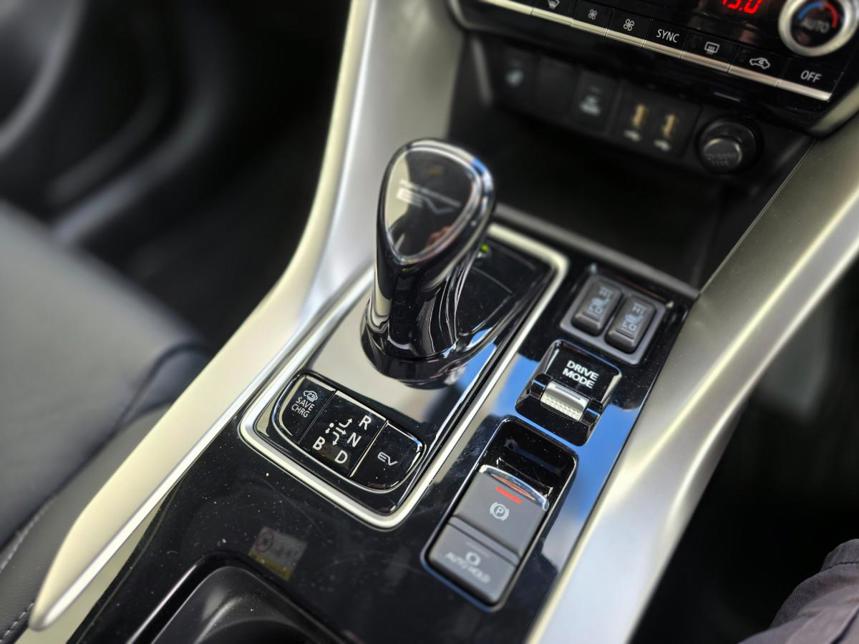
And that fuel consumption isn’t far off reality in daily driving where we saw a tad over 3.0l/100km on a regular commute that is about 50 percent urban and 50 percent motorway.
Handling is perfectly acceptable for a compact urban SUV, with predictable, gentle understeer being the default if you pop it into a corner too hard, while ride quality is good both for the money asked and the sheer age of the underpinnings.
This means that the Eclipse Cross VRX is a genuinely well-equipped small SUV that is comfortable, practical and impressively frugal, with a big enough electric range that, if you plug it in every night, you will hardly ever even use petrol.
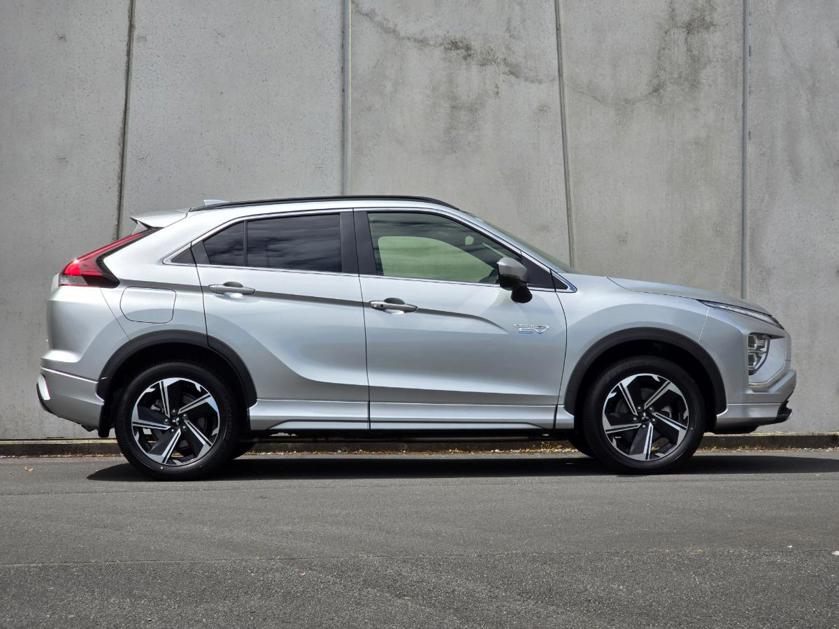
The biggest downside of the Eclipse Cross does come from that very familiar ICE section of the powertrain however, with the engine’s slightly coarse nature being amplified by the continuously variable transmission (CVT) that has it groaning miserably towards the upper revs when demand is high.
Which is really just all the more reason to plug it in every night and use electrically as much as possible.
How much is the Mitsubishi Eclipse Cross PHEV VRX PHEV?
The VRX tops the Eclipse Cross PHEV range at $51,990 which represents a $6000 premium over the equivalent petrol-only AWD VRX.
What are the key statistics for the Mitsubishi Eclipse Cross PHEV VRX PHEV?
The Eclipse Cross PHEV is powered by a 94kW/199Nm 2.4-litre petrol four-cylinder engine and a 13.8kWh battery with two electric motors (60kW front and 70kW rear). With a claimed electric-only range of up to 55km, it also has a number of drive modes for managing the power.
Is the Mitsubishi Eclipse Cross PHEV VRX PHEV efficient?
In terms of PHEVs, the Eclipse Cross is somewhat eclipsed (sorry) by more modern vehicles with larger batteries when it comes to combined fuel economy, with a claimed combined figure of 2.1l/100km. However, this on-paper claim is actually far easier to replicate in the real world than most of the newer systems that are very sensitive to your driving style.
Is the Mitsubishi Eclipse Cross PHEV VRX PHEV good to drive?
As an urban runabout, the Eclipse Cross PHEV is a quiet, frugal and practical small SUV that does everything you ask of it in a competent and satisfying fashion. Push it out of its comfort zone and the engine gets a bit coarse, but handling remains predictable and capable.
Is the Mitsubishi Eclipse Cross PHEV VRX PHEV practical?
As far as "small" SUVs go, the Eclipse Cross is one of the larger ones, so offers up a surprising amount of interior space for the segment, with 933mm of rear headroom (with the big sunroof) and a boot that offers between 359 and 626 litres of cargo space.
What do we like about the Mitsubishi Eclipse Cross PHEV VRX PHEV?
Given the advancing age of the Eclipse's underpinnings, what Mitsubishi has done with it is impressive - Mitsubishi knows what its customers want and absolutely nails it with the Eclipse Cross. The PHEV powertrain is on the older side too, but remains impressively frugal and flexible.
What don’t we like about the Mitsubishi Eclipse Cross PHEV VRX PHEV?
The petrol engine is getting on in years and it shows, with a slightly coarse nature up in the revs. The fact it is burdened with a CVT only amplifies that side of its nature. The PHEV bits also bump the Eclipse Cross up into a price segment where there are quite a few significantly more modern options, particularly from the Chinese brands, including some sharply-priced fully electric options.
What kind of person would the Mitsubishi Eclipse Cross PHEV VRX PHEV suit?
Anyone who wants a well-equipped and solidly frugal small urban SUV with plenty of space, a proven track record and a comprehensive warranty that covers the powertrain for 10 years/160,000km, the battery for 8 years/160,000km and the body for 5 years/130,000km (and includes 5 years roadside assistance).















